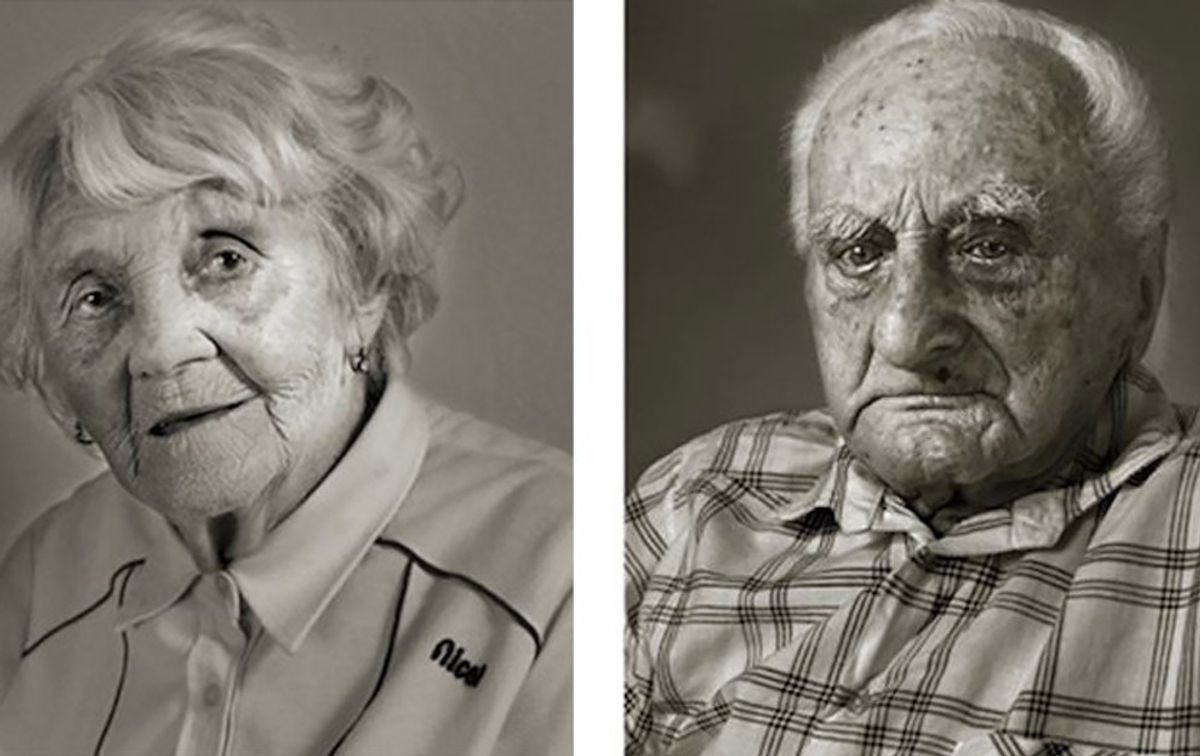
Sleep is a biological imperative for every human being, so it doesn’t seem like it should be a hard thing to do. For some people, however, falling asleep is a challenge, no matter how tired they are.
Experts have some advice for good sleep hygiene that helps lay the foundation for falling asleep, such as keeping a regular sleep schedule, following a consistent before-bed routine, dimming lights, avoiding screens late in the evening, getting sunlight early in the day and basic health habits like exercising, eating well and avoiding smoking.
That’s all well and good, but what about when you’re actually in bed with the lights off and simply can’t fall asleep because your body is buzzing or your mind is racing?
That’s where some simple tricks to help yourself drift off to sleep can help. Some tricks are physical and some are mental, so what sounds helpful may depend on what’s preventing you from falling asleep. As with most things, different things work for different people, so it’s worth experimenting with a few, but here are some hacks people on Reddit swear by to fall asleep quickly.
Listen to boring bedtime stories
“On Spotify there is a podcast called ‘Nothing much happens: bedtime stories to help you sleep.’ Each episode is around half an hour but the storyteller tells the story twice and the second time she tells it with a slower pace. I am really curious how she tells the story slower but I was never able to make it to the second half. Sometimes I try to focus and promise myself that I will remember the story when I wake up the next morning. However, I can’t recall anything. Nothing much happens, so it’s extremely boring and my brains shuts down pretty quickly.”
“There’s also one called ‘I Can’t Sleep’ where the host reads random articles from the internet, mostly Wikipedia pages. His voice is super soothing and I rarely make it past the first 15 minutes or so of an episode.”
“‘Sleep with Me’ podcast by Scooter. Same concept as what everyone else said. But wow! There’s a lot of sleep podcasts!!”
Make up your own bedtime story
“I used to have bad insomnia when I was younger, and the only thing that seemed to work for me was imagining a story. I would set the setting, the premise, the characters, and start coming up with it. Basically, I was kick starting the dreaming process. I’d be asleep within a few minutes.”
“This has been my trick for years…I’m not even that creative, I’ve probably restarted the same 3 or 4 narratives hundreds of times, but never get anywhere close to the end.”
“I scrolled and scrolled because I knew I’d find something like this. I create crazy ass stuff in my head. Sea levels rise 100 feet and I built a bunker and have to save people I know. Lead singer of a killer band. Qb of a team. I invented a machine that does all your daily grooming as you sleep. Just weird shit. Usually out in a few minutes.”
Create an alphabet-based list
“Trying to find 5 names with each letter. I usually fall asleep by K or L.”
“I do this with animals: aardvark, antelope, etc. I usually fall asleep by B or C.”
“Similarly I pick a category. Countries, cities, street names, etc and run through the alphabet.”
“This one is foolproof for me. Never gotten the whole way through the alphabet.”
Imagine you’re on a boat or in a hammock
“The boat technique. A military buddy told me about it when he was stationed in Mali. Imagine yourself in a small boat, on a stream running through a forest with the canopy above you and the sun shining through, or drifting on a lake under a starry sky. Let yourself drift.”
“I figured out the boat one myself as a child, except it was a raft on very gentle waves. And the Scooby Gang were hanging out with me.”
“I sometimes picture myself in a hammock in a rainforest, with various animals snuggling around and on top of me. I love animals, so this is meant to relax me and make me feel safe. I use a weighted blanket, so I try to picture different animals draped over my legs to justify the weight of the blanket.”
“Picture yourself on a hammock hanging between two palms on a beach at night, focus on the waves and electricity enveloping your body from each palm.”
Breathe—but very, very slowly
“Breathing. Slow deliberate breathing. Count the same for in and out. And for every breath out, try and relax your muscles. I just keep doing that. Works most of the time.”
“Came to say this. Breathing exercises have changed my life <3 started doing them after losing my dad and depression wouldn’t let me sleep. I read about it, was like uh whatever bullshit, but I tried it, and then… I woke up the next morning?! Been doing them for 7 years now. Even my man is like how the F do you pass out in 10min?! Breathe in……. Breathe out…. Think about nothing but the breaths, feel the oxygen in your blood increasing, think about your veins running alllll up and down your body. How your muscles relax into the bed… the pillow is so soft… breathe in… breathe out.”
“My hack is similar as in I take the deepest breath I possibly can, then hold it for as long as I can, then release it as slow as I can. I never needed more than 3 reps of this to fall asleep. The heart rate slows down and the brain quiets down pretty fast with this.”
“I breathe super slow to 10 and then force my left arm to relax and not move from now on like I shut it down. Then I do the same with my right arm, then left leg and right left. Then I do the torso and then finally try to shut off my head. I heard Marines use a similar technique to fall asleep.”
More specifically, the 4-7-8 breathing technique
“When I really need to sleep, I use the ‘4-7-8’ breathing technique. Inhale for 4 seconds, hold for 7, exhale for 8. Works like a charm most of the time”
“I swear by the 4-7-8 breathing technique. Inhale for 4 seconds, hold for 7, and exhale for 8. Works like a charm! 😴”
“I use 4:7:8 breathing : inhale for 4 seconds, hold for 7 seconds, exhale for 8 seconds. Count at the speed you are comfortable, my understanding is that it’s the ratio that’s important, rather than the amount of time. This breathing pattern effects the oxygen levels in your brain in a way that brings you into parasympathetic activation (sometimes called ‘rest and digest mode.’)”
Tensing and relaxing your muscles (aka “progressive relaxation”)
“Progressive relaxation. Tense your toes, breathe in for a 5 count, hold for 5, and then relax as you exhale. Then your calves, then your thighs, your butt, your core, etc.”
“Focus on a muscle group. Be it feet, calves, thighs, and just work your way up. Flex your muscles as hard as possible, get that adrenaline going. And after a bit, relax. Slowly work your way up to your head and face. You can feel the waves of calm wash over each section once they relax.”
“My dad taught me something similar. While reclined, imagine creating a wave with your body by gently imagining you are putting downward pressure on your sleeping place starting with your head, then shoulders, then back, then legs and then your feet. I sleep on my side so I go head, shoulders, hips, knees then feet.”
Hopefully trying some of these tricks will help you find what works to help you fall asleep more easily and quickly. Sweet dreams, everyone!




























